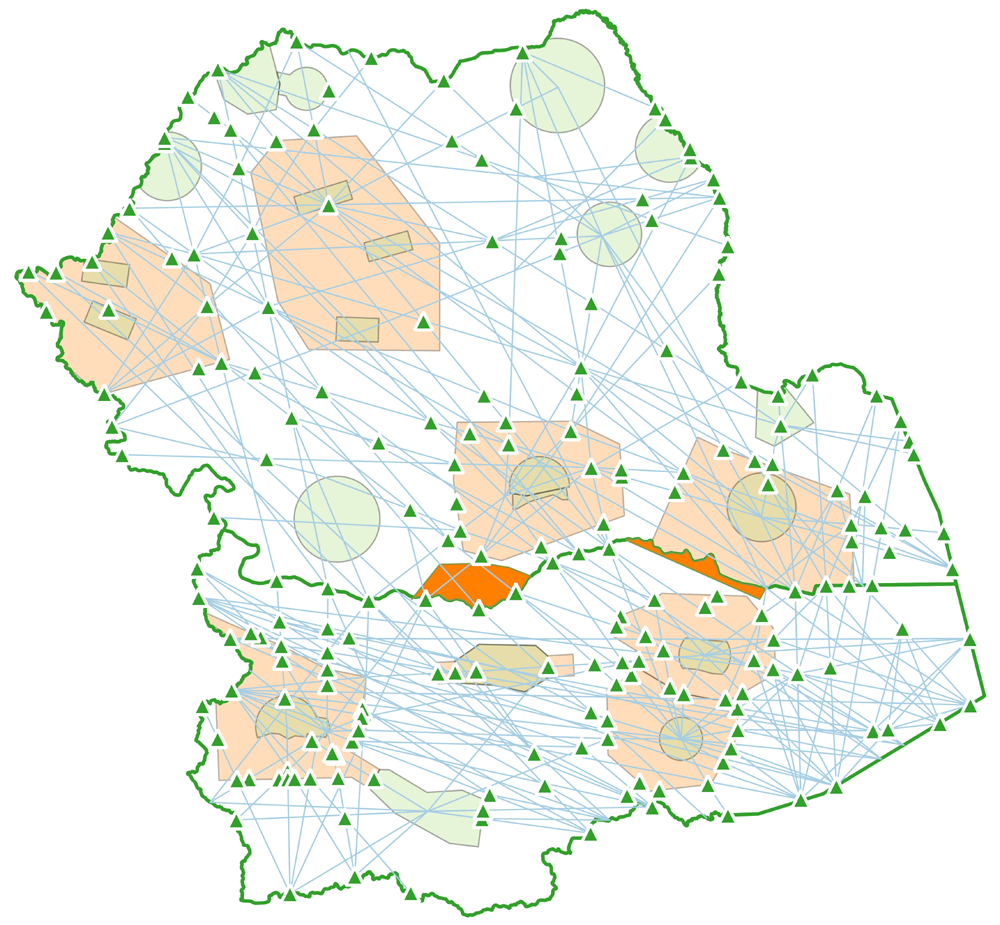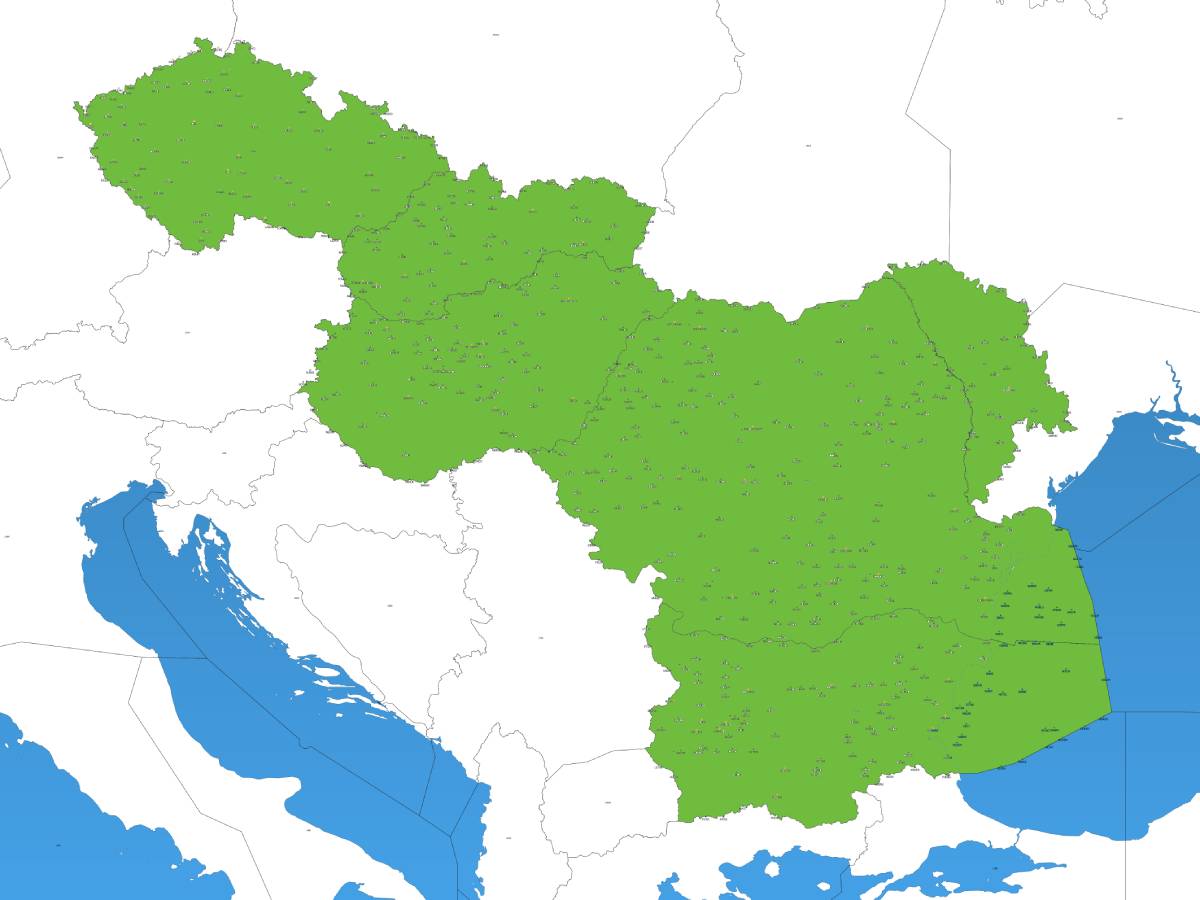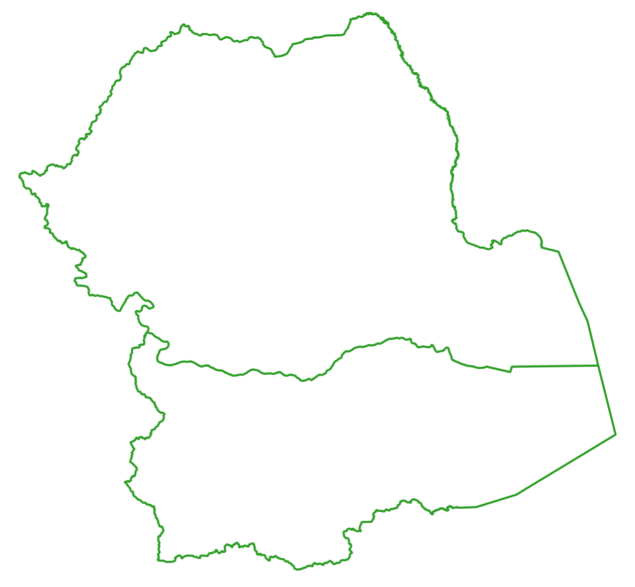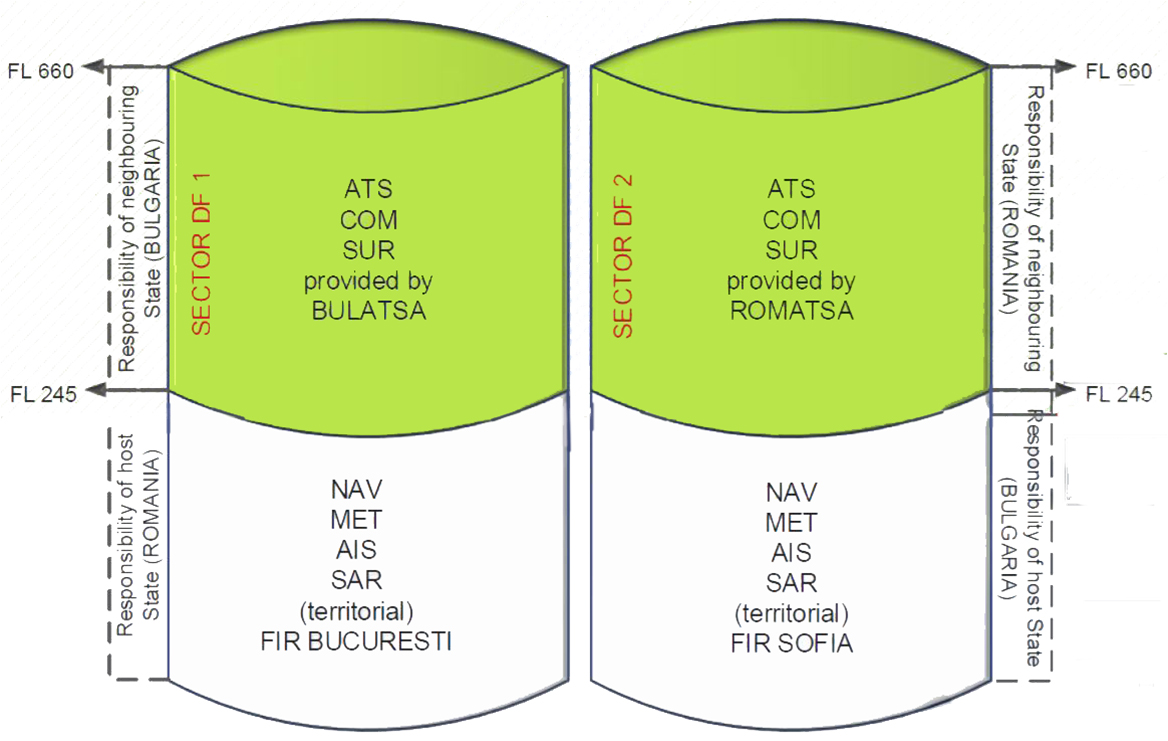Cross Border Provision of ANS
DANUBE FAB is the first Functional Airspace Block in Europe to implement cross-border airspace sectors under a fully operational framework. Since December 2014, two cross-border sectors (CBS) have been established based on operational needs, optimising the use of airspace regardless of national borders. These sectors allow air traffic services to be provided by the ANSP of one state in the sovereign airspace of the other, above Flight Level 245.
Sector DF 1 is managed by BULATSA and extends into Romanian airspace, while Sector DF 2 is managed by ROMATSA and extends into Bulgarian airspace. The establishment of these sectors is based on the Joint Designation Act signed by the Ministers of Transport of both states, in accordance with Article 20 of the DANUBE FAB State Agreement. Air traffic, communication, and surveillance services are provided by the designated ANSP, while navigation, aeronautical information, and meteorological services remain the responsibility of the host state.
This arrangement required the resolution of complex legal, financial, and operational challenges. A dedicated agreement between the ANSPs and a specific supervision framework coordinated by the National Supervisory Authorities were put in place to address liability, cost allocation, insurance, and civil-military coordination. Each ANSP remains liable for the services it provides, under the laws of the state where the service is delivered.
Civil-military coordination continues to be performed within national boundaries, and joint procedures have been developed between the national airspace management cells. For search and rescue operations, the host state retains full responsibility.
The implementation of cross-border sectors in DANUBE FAB has brought significant operational benefits, including improved conflict resolution, reduced controller workload, optimised descent profiles, and more efficient routing. These innovations contribute to enhanced safety, increased capacity, and lower environmental impact.





